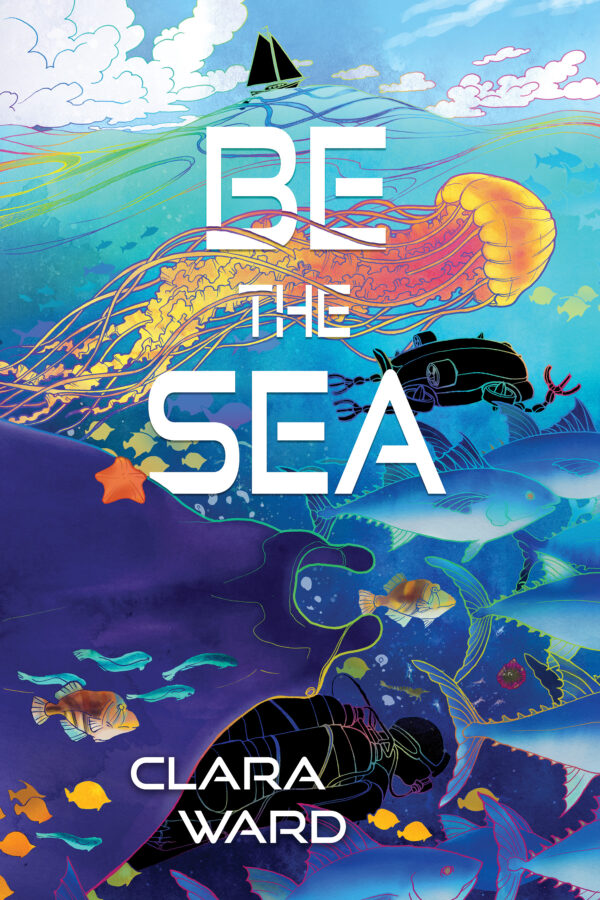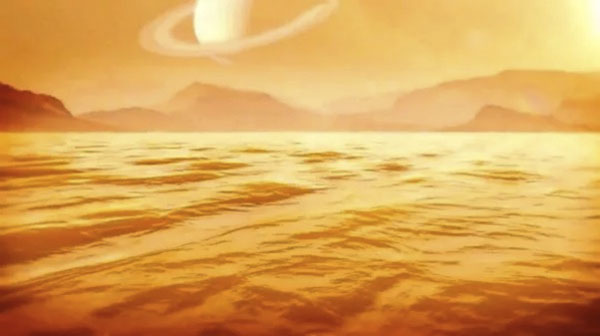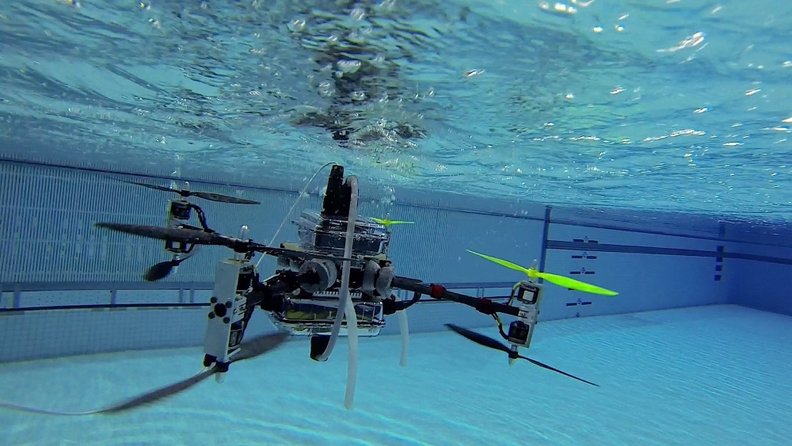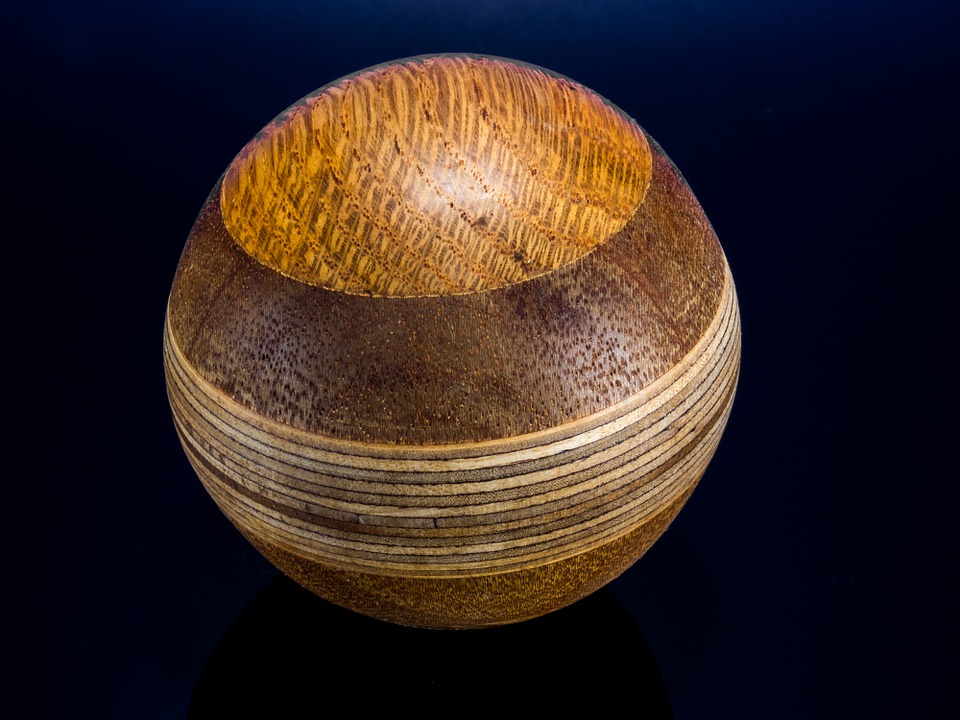New Release: Be the Sea – Clara Ward
QSFer Clara Ward has a new queer sci-fantasy book out (ace, bi, demi, gay, lesbian, non-binary, poly, trans): Be the Sea. In November 2039, marine scientist Wend Taylor heaves themself aboard a zero-emissions boat skippered by elusive nature photographer Viola Yang. Guided by instinct, ocean dreams, and a shared birthday in 1972, they barter stories for passage across the Pacific. Aljon, Viola’s younger cousin, keeps a watchful eye and an innovative galley. Story by story, the trio rethink secrets, flying dreams, and how they experience their own minds. When they reach Hawaiʻi and prepare to part ways, opportunity and mystery … Read more








